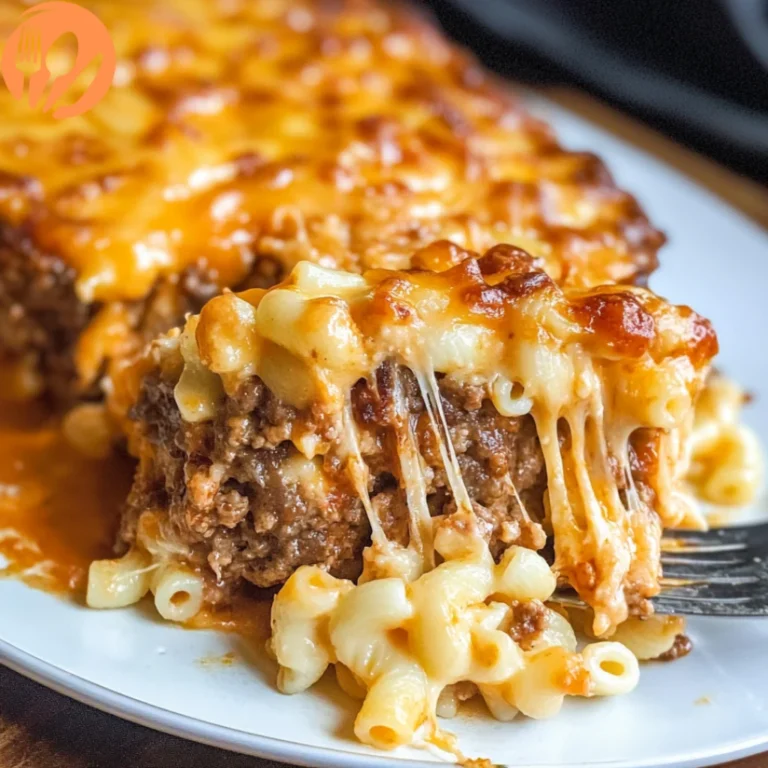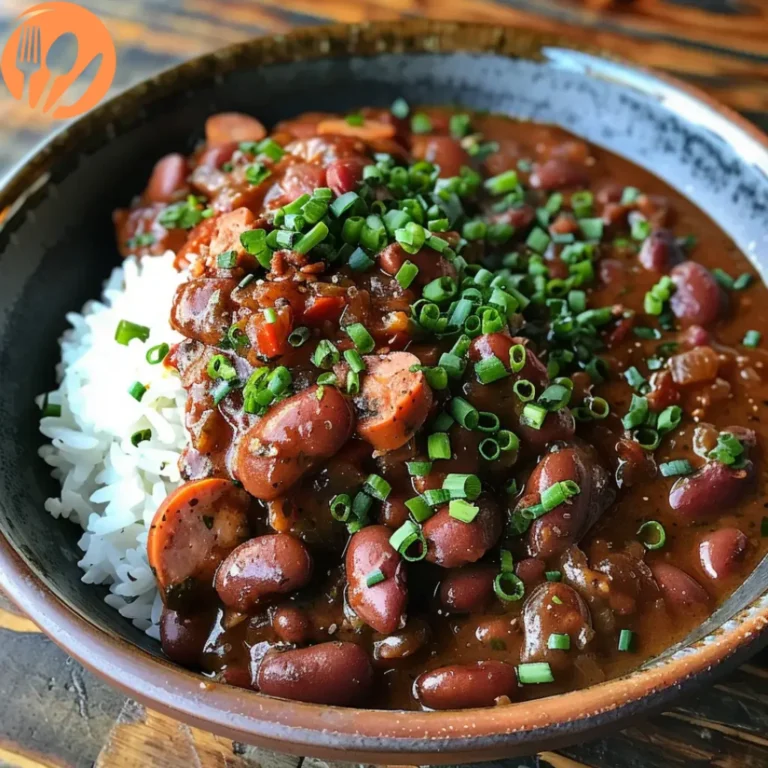Follow Me On Social Media!
Asparagus Pasta Salad
Introduction
Did you know that asparagus pasta salad searches increase by 300% during spring and summer months, yet most people struggle to create a version that stays fresh and flavorful for more than a day? This statistic reveals a fascinating contradiction in our culinary habits – we crave this vibrant, seasonal dish but often settle for soggy, lackluster versions that fail to capture asparagus's natural brilliance.
Today, I'm sharing a game-changing asparagus pasta salad recipe that not only bursts with fresh flavors but actually improves as it sits, making it perfect for meal prep, potlucks, and busy weeknight dinners. This isn't your typical pasta salad that turns mushy overnight. Instead, it's a carefully crafted combination of perfectly cooked asparagus, al dente pasta, and a zesty dressing that brings everything together in harmony.
Whether you're planning a spring picnic, need a make-ahead lunch option, or want to impress guests at your next gathering, this asparagus pasta salad will become your go-to recipe for fresh, satisfying meals that celebrate seasonal produce at its finest.

Ingredients List
This asparagus pasta salad combines simple, high-quality ingredients that create layers of flavor and texture. Each component plays a crucial role in the final dish's success.
For the Salad:
- 12 oz penne or rotini pasta (substitute: whole wheat pasta, chickpea pasta, or gluten-free pasta)
- 1 lb fresh asparagus, trimmed and cut into 1-inch pieces (substitute: green beans or snap peas)
- 1 cup cherry tomatoes, halved (substitute: sun-dried tomatoes for intense flavor)
- ½ red onion, thinly sliced (substitute: green onions or shallots)
- ½ cup crumbled feta cheese (substitute: goat cheese, fresh mozzarella, or vegan cheese)
- ¼ cup pine nuts, toasted (substitute: chopped almonds or sunflower seeds)
- ¼ cup fresh basil leaves, chopped (substitute: fresh parsley or dill)
For the Lemon Herb Dressing:
- ⅓ cup extra virgin olive oil
- 3 tablespoons fresh lemon juice (about 1 large lemon)
- 1 tablespoon Dijon mustard
- 2 cloves garlic, minced
- 1 teaspoon dried oregano
- ½ teaspoon salt
- ¼ teaspoon black pepper
- 1 tablespoon honey (substitute: maple syrup for vegan option)
Choose the freshest asparagus with firm, bright green spears and tight tips. The pasta should be a shape that holds dressing well – the ridges and curves of penne and rotini are perfect for this purpose.
Timing
Preparation Time: 15 minutes
Cooking Time: 15 minutes
Total Time: 30 minutes
Chilling Time: 1 hour (optional but recommended)
Serves: 6-8 people
This timing makes it significantly faster than traditional pasta salads that often require 45-60 minutes of active preparation. The key to efficiency lies in multitasking – while the pasta cooks, you can prepare the asparagus and whisk together the dressing.
Step-by-Step Instructions
Step 1: Prepare the Pasta Base
Cook the pasta in a large pot of salted boiling water according to package directions until al dente. This usually takes 8-10 minutes, but texture is more important than timing. The pasta should have a slight bite since it will continue to absorb flavors as it sits. Reserve ½ cup of pasta water before draining, then rinse the pasta with cold water to stop the cooking process and cool it quickly.
Step 2: Perfect the Asparagus
While the pasta cooks, prepare a large bowl of ice water. Bring a separate pot of salted water to boil and add the asparagus pieces. Blanch for 2-3 minutes until bright green and crisp-tender. Immediately transfer to the ice bath to stop cooking. This technique preserves the asparagus's vibrant color and crisp texture – crucial for a successful asparagus pasta salad.
Step 3: Create the Flavor-Packed Dressing
In a small bowl, whisk together olive oil, lemon juice, Dijon mustard, minced garlic, oregano, salt, pepper, and honey. The mustard acts as an emulsifier, helping the oil and lemon juice combine smoothly. Taste and adjust seasoning – the dressing should be bright and tangy with a subtle sweetness.
Step 4: Toast the Pine Nuts
Heat a dry skillet over medium heat and add pine nuts. Toast for 2-3 minutes, stirring frequently, until golden brown and fragrant. Watch carefully as they can burn quickly. This step adds crucial nutty flavor and textural contrast to your asparagus pasta salad.
Step 5: Assemble with Care
In a large serving bowl, combine the cooled pasta, drained asparagus, halved cherry tomatoes, and sliced red onion. Pour the dressing over the mixture and toss gently but thoroughly. Add the feta cheese, toasted pine nuts, and fresh basil, folding them in carefully to maintain their integrity.
Step 6: Final Touches and Resting
Cover the asparagus pasta salad and refrigerate for at least 30 minutes, though 1 hour is ideal. This resting time allows flavors to meld and develop. Before serving, toss again and adjust seasoning if needed – you may want to add a squeeze of fresh lemon juice or a pinch of salt.
Nutritional Information
Per serving (based on 8 servings):
- Calories: 285
- Protein: 9g
- Carbohydrates: 35g
- Fat: 12g
- Fiber: 4g
- Sugar: 8g
- Sodium: 320mg
This asparagus pasta salad provides an excellent source of folate from the asparagus, which supports cellular function and tissue growth. The combination of complex carbohydrates from pasta and healthy fats from olive oil creates sustained energy, making this dish perfect for active lifestyles and outdoor activities.
Healthier Alternatives for the Recipe
Transform this asparagus pasta salad to meet various dietary needs without sacrificing flavor:
Lower Carb Version: Replace pasta with spiralized zucchini, cauliflower rice, or shirataki noodles. This reduces carbs by approximately 75% while maintaining the satisfying texture.
Vegan Asparagus Pasta Salad: Substitute feta with cashew cheese or nutritional yeast, and replace honey with maple syrup in the dressing. Add extra pine nuts for protein.
Gluten-Free Option: Use chickpea, lentil, or rice-based pasta. These alternatives often provide additional protein and fiber compared to traditional wheat pasta.
Protein-Boosted Version: Add grilled chicken, white beans, or hemp seeds to increase protein content to 15-20g per serving.
Serving Suggestions
This versatile asparagus pasta salad pairs beautifully with various dishes and occasions:
For Outdoor Gatherings: Serve alongside grilled salmon, herb-crusted chicken, or barbecued vegetables. The cool, refreshing nature provides perfect contrast to hot grilled foods.
As a Light Lunch: Pair with crusty sourdough bread and a glass of Sauvignon Blanc or sparkling water with lemon.
Potluck Perfect: This recipe doubles easily and travels well in a large, covered bowl. Bring serving utensils and perhaps some extra lemon wedges for those who like extra brightness.
Garnish Ideas: Fresh lemon zest, additional fresh herbs, or a drizzle of good balsamic vinegar just before serving elevate the presentation.
Common Mistakes to Avoid
Overcooking the Asparagus: This is the number one mistake that ruins asparagus pasta salad. Overcooked asparagus becomes mushy and loses its vibrant color. Always use the ice bath technique.
Under-seasoning the Pasta Water: Pasta absorbs flavors as it cooks, so generously salt your pasta water – it should taste like seawater.
Adding Dressing Too Early: While the salad benefits from resting time, adding dressing to hot pasta can make it absorb too much liquid, leaving the salad dry later.
Skipping the Pasta Rinse: Failing to rinse cooked pasta leaves excess starch that can make your asparagus pasta salad gummy and heavy.
Using Low-Quality Olive Oil: Since olive oil is a primary flavor component, invest in good extra virgin olive oil for the best taste.
Storing Tips
Refrigerator Storage: Store your asparagus pasta salad in an airtight container for up to 4 days. The flavors actually improve over the first 24 hours as ingredients marinate together.
Freezing Considerations: While possible, freezing isn't recommended as it changes the texture of both pasta and asparagus. The vegetables become watery upon thawing.
Refreshing Leftovers: Before serving leftover asparagus pasta salad, let it come to room temperature for 15-20 minutes and toss with a splash of fresh lemon juice or olive oil to brighten flavors.
Make-Ahead Strategy: Prepare all components separately up to 2 days ahead, then combine and dress 2-4 hours before serving for optimal texture and flavor.
Conclusion
This asparagus pasta salad represents everything we love about seasonal cooking – fresh ingredients, bold flavors, and versatile preparation that works for any occasion. By following these techniques, you'll create a dish that maintains its texture and actually improves with time, solving the common problem of soggy pasta salads.
The combination of perfectly blanched asparagus, al dente pasta, and bright lemon herb dressing creates a satisfying meal that celebrates spring's bounty while providing practical solutions for busy schedules. Whether you're meal prepping for the week or entertaining friends, this recipe delivers consistent, delicious results.
Ready to transform your pasta salad game? Gather your ingredients and give this asparagus pasta salad a try this week. I'd love to hear about your variations and serving suggestions – share your photos and experiences in the comments below, and don't forget to tag your social media posts so fellow food lovers can discover this recipe too!
FAQs
Q: Can I make asparagus pasta salad ahead of time?
A: Absolutely! This recipe actually improves when made 2-4 hours ahead, allowing flavors to meld. You can prepare it up to 2 days in advance, though it's best consumed within 4 days for optimal freshness and texture.
Q: What's the best pasta shape for asparagus pasta salad?
A: Short pasta shapes with ridges or curves work best – penne, rotini, farfalle, or rigatoni all hold the dressing well and complement the asparagus pieces. Avoid long pasta like spaghetti or linguine, which can be difficult to serve and eat in a cold salad format.
Q: How do I keep asparagus bright green in pasta salad?
A: The key is proper blanching followed by an ice bath. Boil the asparagus for just 2-3 minutes until crisp-tender, then immediately plunge into ice water to stop the cooking process. This technique preserves both color and texture perfectly.
Q: Can I substitute frozen asparagus in this recipe?
A: While fresh asparagus is strongly recommended for the best texture and flavor, you can use frozen asparagus in a pinch. Thaw it completely, pat dry, and reduce cooking time by half since frozen asparagus is partially pre-cooked. However, the texture won't be quite as crisp as fresh asparagus.












